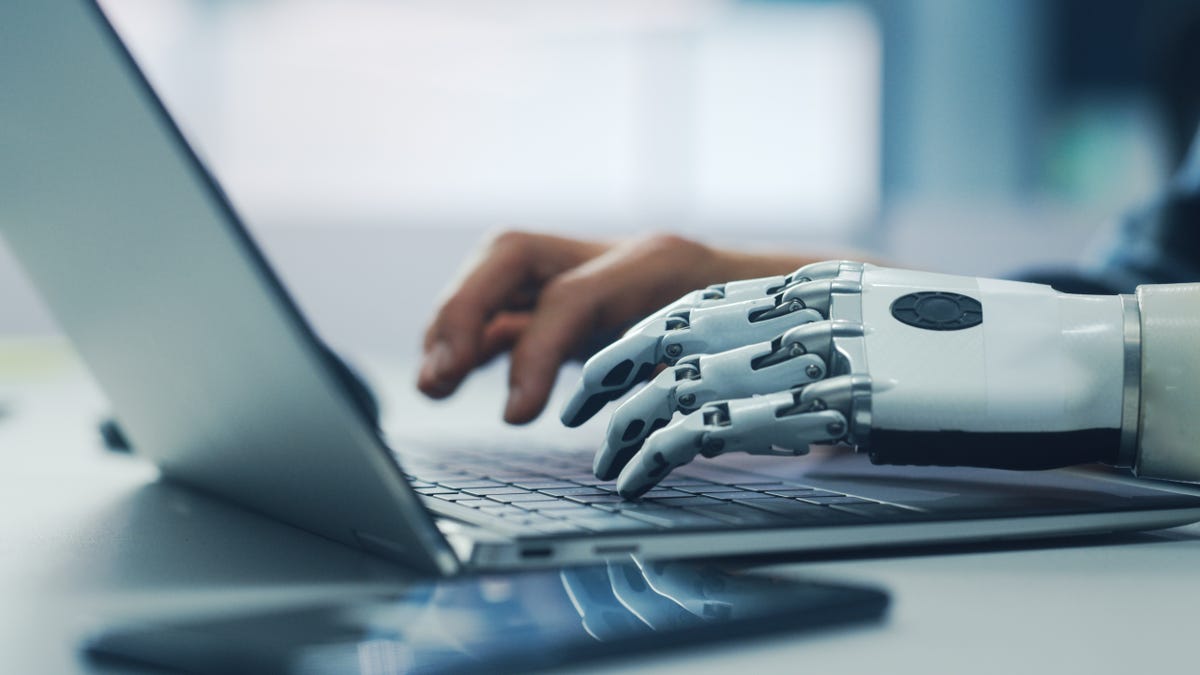What to Do If You Are Accused of Writing With AI

According to a recent survey conducted by Intelligent.com , a third of college students surveyed admitted to using ChatGPT in their academic work over the past year. According to a Reuters/Ipsos survey , about 28% of workers also reported using an AI tool. This can be disastrous in a professional environment – AI is often highly inaccurate and should never be used in place of research ( especially if you’re a lawyer ), so it makes sense that professors and executives are watching closely, trying to find out. whether people cheat at school or at work.
There are dozens of apps and services designed to detect AI writing , but the accuracy of these tools varies greatly. According to some studies, Turnitin, the most trusted AI-assisted email verification software, does it right about 80% of the time. Not the worst result, but still a lot of false positives.
The Washington Post recently laid out some protections for people in that unfortunate 20%. Their article is aimed at students, but the general advice applies to the professional world as well.
What to do if you are falsely accused of using AI
Keep calm
This is good advice in most conflict situations, especially in power imbalance situations such as student/teacher or employee/employer relationships. As Christian Moriarty, a professor of ethics and law at St. Petersburg College in Florida, said, “The escalation of the situation puts everyone on the defensive.”
Instead of getting angry, explain as honestly as possible how you use (or don’t use) AI tools in your work. Focus on the facts and try not to dwell on the unfairness of the situation – defense is understandable but rarely effective.
Turnitin is the most widely used tool in academia for detecting AI in writing, but it is also used as a tool for detecting plagiarism. Turnitin is very good at detecting if you’ve swiped text from somewhere else, but not as good at AI detection. So a teacher or professor who has been using it for years may be giving Turnitin’s verdict more weight than it deserves. A calm explanation of this with some back-up material might help .
Arm yourself with the facts
Even when AI detectors work as intended, they can be wrong. They only detect patterns that were likely created by artificial intelligence. This is not proof. AI detectors are especially prone to false positives when analyzing technical writing because there are so many ways to express certain concepts. Writing from non-native English speakers also tends to alarm detectors, as does overly simplified writing.
Prove your innocence
If you have saved old drafts of your work, it can help show that you developed your work without the help of AI. The same can be said for abstracts and other research material. If you’ve collaborated with someone via email, that might help too. So a colleague can vouch for you.
It can also help to write something original and check it through the AI detector, but this is risky because it may not mark your work as AI – it’s hard to know if this or that piece of writing will raise alarm bells, and that’s the whole problem.
Find out what your employer’s AI policy is
Using AI to write a term paper or a report that you subscribe to is not acceptable to most schools or employers, but it’s not the only way AI is being used. If your company has specific guidelines for how employees can use AI and which tools are “acceptable”, you should ideally be trained in those guidelines, but if you haven’t, ask.
Know your rights
In most states, volunteer work laws mean you can get fired for using AI even if you’re innocent, but anti-discrimination laws can protect you. Questions about discrimination in AI employment suggest that AI may be prone to unlawful discrimination in employment. The AI detection system can also be biased. If you feel you are being discriminated against for being in a protected class at work, consult an employment lawyer.